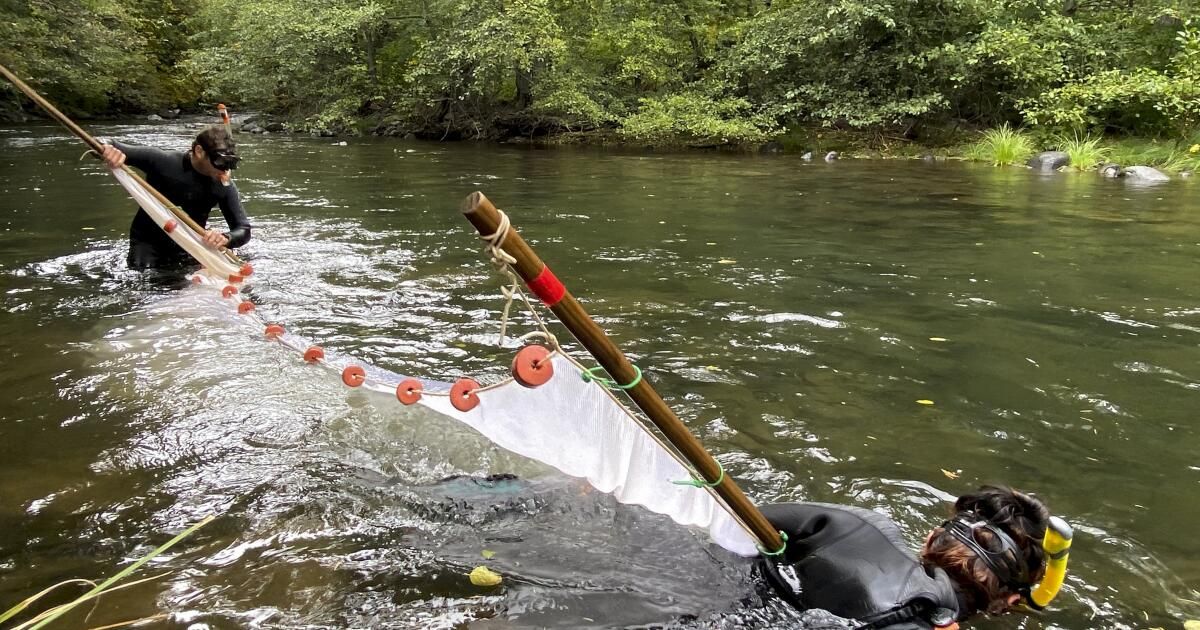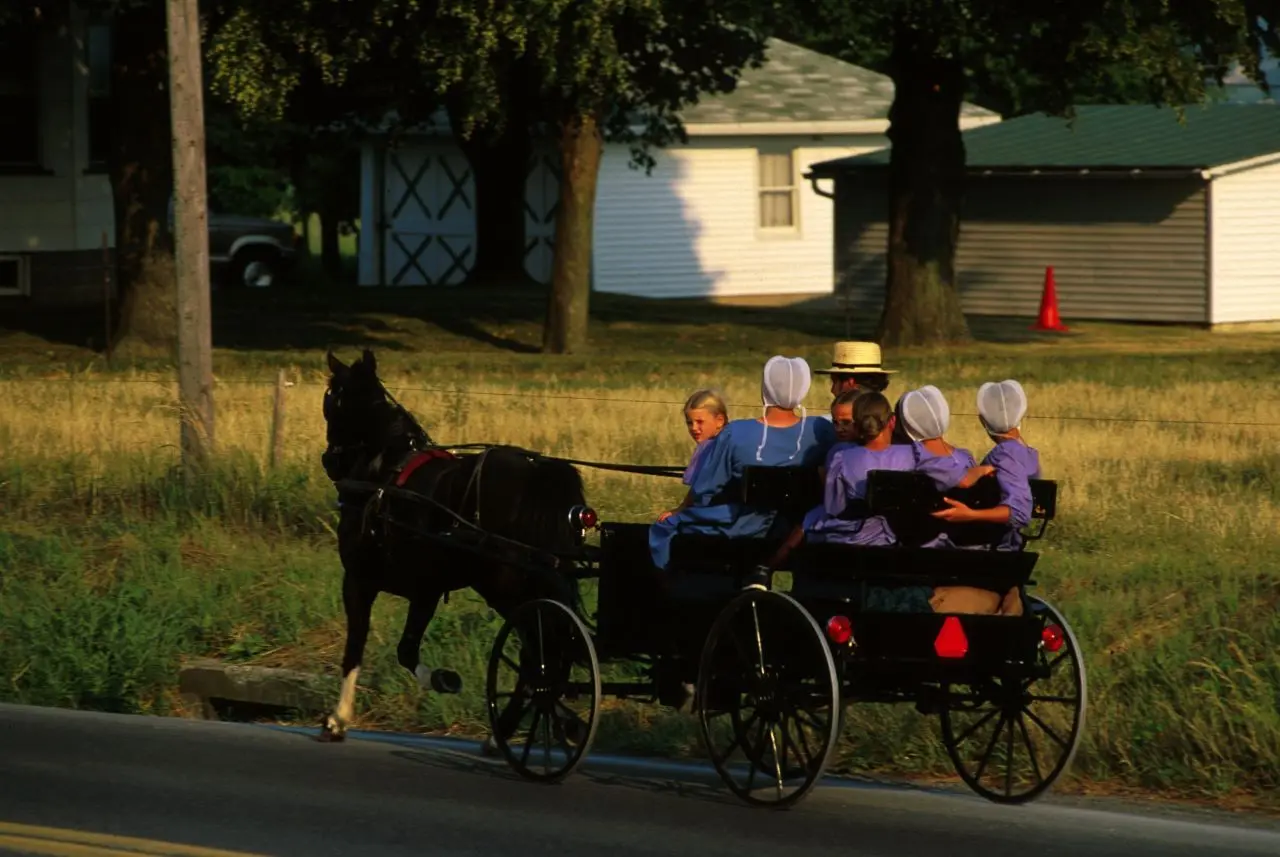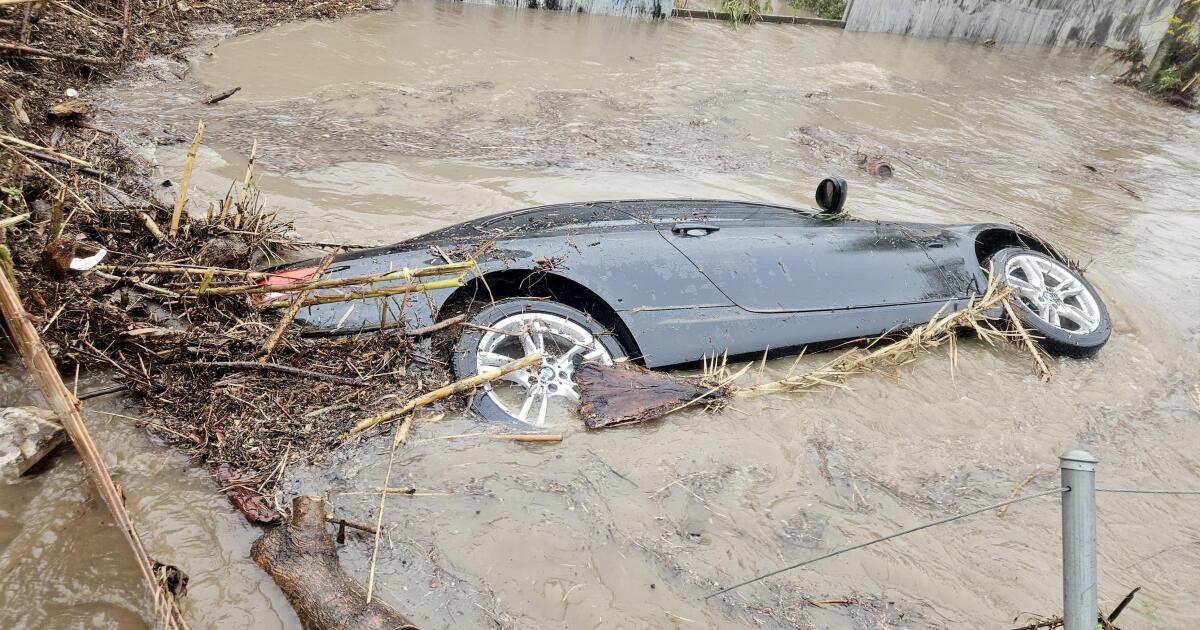Due to declining salmon populations, California canceled river fishing for a second year. Here, state biologists harvest young spring Chinook salmon in Deer Creek in October.
(Peter Tira / California Department of Fish and Wildlife)
California regulators have decided to ban Chinook salmon fishing in the state's rivers for the second year in a row, in an effort to help the species recover from significant population declines.
The unanimous vote by the California Fish and Game Commission on Wednesday follows a similar decision last month by ban salmon fishing along the California coast this year.
The decision will close the recreational salmon fishing season in the Sacramento, American, Feather, Mokulumne, Klamath and Trinity rivers, among others.
State officials have said the salmon are struggling because of factors such as the reduction in river flow during the severe drought of 2020-2022, the effects of climate changeharmful algal blooms and changes in the oceanic diet of the species.

Aggressive and impactful reporting on climate change, the environment, health and science.
Fishing advocates blamed Gov. Gavin Newsom and his administration, arguing the state has been sending too much water to farms and cities, and depriving rivers of the cold flows salmon need to survive.
Scott Artis, executive director of the Golden State Salmon Assn., said the root cause is “a horrendous water policy that gives the green light to unsustainable diversions of water from our salmon rivers.”
Artis reiterated his group's opposition to the State's proposal to build the delta transportation projectthat would divert water in the Sacramento-San Joaquin River Delta, as well as his plan to build Reservoir sites in a valley north of Sacramento. He said these projects would cause more harm to fish and argued that Newsom's policies are “turning California rivers into ghost towns for salmon.”
State officials have said they are prioritizing plans to help salmon populations recover. The Newsom administration announced in January a salmon strategic plan outlining a series of expanded efforts, including habitat restoration, hatchery modernization, and removal of barriers that block fish migration.
Charlton “Chuck” Bonham, director of the California Department of Fish and Wildlife, said in a recent interview with The Times that even as the fishery goes through this difficult time, state officials are focused on actions that can “change the trajectory.” He said these efforts include restoring wetlands to create more habitat, Dam removal on the Klamath River. and protect flows and water quality in rivers to support fish.
“Hope is very much alive for salmon in California,” Bonham said. “We believe they can not only stay in the state but thrive and return to healthy numbers each year, where people can enjoy them.”
This year is the fourth in state history that salmon fishing is not allowed. The other consecutive closure occurred in 2008 and 2009.
California's rivers were once teeming with salmon, but dam construction prevented the fish from reaching many of the cold mountain streams where they once spawned. For decades, government-run hatcheries have raised and released millions of salmon each year. However, those efforts have not been enough to prevent populations from declining.
Successive droughts and global warming have also taken their toll. During the 2020-22 drought, water flowing from dams sometimes became so hot that it was lethal to salmon eggs.
California's commercial and recreational fishing industries depend on fall chinook, which migrate upriver as adults from July to December. Some fish return to the hatcheries where they were released, while others spawn along tributaries of the Sacramento, San Joaquin and Klamath rivers.
Salmon are also central to the cultures of native tribes, whose leaders subsistence fishing canceled last year.
Other salmon runs in California have declined to the point of being at risk of extinction. Spring chinook are listed as threatened under the Endangered Species Act, and winter chinook they are in danger.












